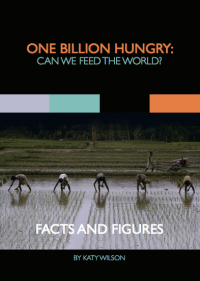Guest blog by Jamie Anderson, CGAP

Credit: CGAP
How are smallholder families managing their money? What challenges do they face? And what financial solutions can help?
Getting answers to these questions called for a year of data collection and thousands of conversations with farming families in three distinct markets. Researchers with CGAP’s Financial Diaries with Smallholder Households (‘Smallholder Diaries”) visited with 270 farming families in Mozambique, Tanzania, and Pakistan every two weeks from June 2014 to July 2015 to track how they were earning money, how they were spending it, and their agricultural activities. They also recorded all the ups and downs these families faced, from births and deaths to droughts and floods, offering a unique window onto their financial and agricultural lives.
So what did we learn? And how can these insights shape financial solutions for smallholder families? Five fresh facts emerge from the Smallholder Diaries.
- Mobile money was nearly absent.
Expectations are high for digital financial solutions, but our research indicates that this technology may not be an easy solution for the financial challenges facing many smallholder families. [Read more…]











